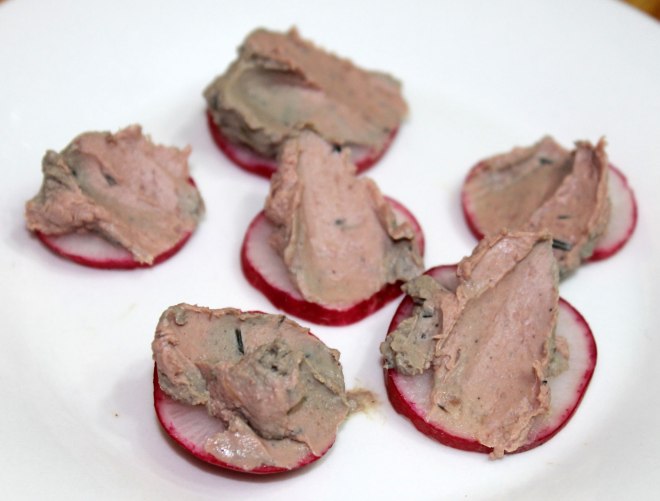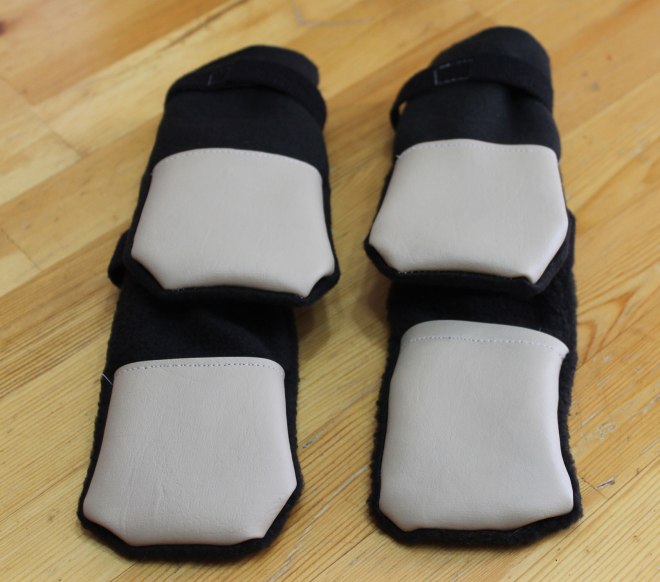I haven’t posted in a while, but I just HAD to share with you all my little haul from the first CSA of the year.
I went with a CSA (Community Supported Agriculture) from Eagle Creek Farms.
In case you have never heard of a CSA and do not know how it works, this is a basic description.
Prior to the start of the growing season, you sign up for the CSA – either a half share (which is what I did – designed to feed 2-3 people) or a full share, or any combination of these. What you will need will depend very much on how many veggies you eat and how big your family is.
The farmers then start growing their crops based on the number of people who have signed up for a CSA.
Basically, you are providing the funds up front to enable the farmer to buy the necessary seeds and to pay for the labour needed to bring that crop to harvest. Essentially you are buying shares in the crops that they will be harvesting in the future, and come time when they are ripe, you get a share of those crops, usually in a weekly or bi-weekly delivery, depending on the particular CSA you signed up for.
BTW did you know that there are CSA’s for everything from fresh veggies (the kind I signed up for) through to fruit ones. There are even CSA’s for grass-fed meat, dairy produce (raw dairy included in areas where it is legal), eggs and grains (if you eat them)…. google CSA [your local area] to find ones local to you! Obviously not all of these CSA’s may be seasonal, but many are. There are also Winter CSA shares that you can buy that rely on stored root veggies and the few winter crops that can be grown (seasonality depends on location).
And some CSA’s include non-perishable items like fermented veggies or preserves. The one I use includes the occasional bunch of flowers which is always nice to receive. The bunch I collected today is in my bedroom where I can enjoy if without the cats destroying it!
So the downside of a CSA?
There is some risk with this – crops can and do fail. But it is very unusual for a farmer who offers a CSA to only grow one crop. And if one fails (for example the carrot harvest), others are likely to make up for it. They also often carry out subsequent plantings of seeds, so that if one crop fails, a later one may succeed and provide a good harvest.
In addition, often you do not get much choice as you get what is ripe and ready to harvest when you go to the pick-up point. (very few CSA’s deliver to your house, although some do. The ones I have seen local to me all have pick-up/drop-off points at various farmers markets around the city). Some do offer a limited choice – the one I use does. It works on the simple method of “take one item from each bin”, and where there is a choice, the bin will contain one or more items that you can choose from. If you are strict AIP, you will almost certainly receive some items you cannot eat yourself…. but then again, you may also be able to trade or gift them with someone (a neighbour, a friend or a family member)
Also, because this is a seasonal thing, you are only going to receive those veggies that are actually in season and ripe at the time. This means in early summer you get a TON of greens, but in the fall/autumn you will get a TON of roots – plan accordingly! We cannot cheat Mother Nature!
So if there are risks involved, why should you sign up for a CSA?
Well first of all, it is supporting local farmers. Usually, the produce you will be receiving will be either organic, or grown in a sustainable fashion, but either way, it is locally grown, and you can bet that it is always in season. And then there is the chance to go to the farmers market/collection point and actually MEET your farmer…
And these veggies are so fresh because they were picked if not that morning, probably the day before. Some of them may even be still “living” and have the roots intact or still planted in a pot! (Winter CSA’s are often different here, as they often involved stored veggies.) And then when you add in the fact that you do not always know what you are going to be receiving, there is the element of surprise.
And it is FUN – you get to try veggies that you never knew would exist! You can experiment!
As I said, today was the first CSA collection of the season (a week late because of the rain, hail and other bad weather we have been having in the Calgary region these last few weeks). So I headed to Northland Mall to their Farmers Market to pick up my half-share.
For me, a half share works perfectly – for the most part I feed just myself due to my dietary issues,. But I do like to share my bounty with my 2 wonderful housemates, so having a little bit extra works well. I also eat far more veggies than the average person so a 2-3 person share probably means a 1-2 person share when it includes me!
This half share cost me $355, which I paid for back in March, and is designed to feed 2-3 people each week… I figured that I would most likely spend more than $355 over the 16 weeks that this CSA will run – it only works out at around $22 a week. I don’t know about you, but I normally spend FAR more than $22 a week on fresh produce! And that is just for myself…. as the half-share I bought is designed to feed 2-3 people, I will have some leftover to share with my 2 housemates to earn myself a little bit of good-will (goodness knows I NEED it! – I OWE them a bundle for their boundless and freely given support)
And if all else fails, I will ferment, dry, freeze or otherwise preserve the veggies before they go bad.
So what did I get in my first CSA share (bear in mind, this is early in the season and only designed to feed 2-3 people for 1 week – this is a half-share, a full-share gets double this amount):
Now this is a TON of nutrient dense greens!
At the back, we have a bunch of flowers (there was a choice of 2 different bunches – a welcome non-edible addition that made my heart sing!). And also a small potted basil plant.
Then working from the far left-hand corner in a clockwise direction, I received:
- a large bag of pea shoots
- a small bag of lambs quarters greens
- horseradish greens (with itty, bitty baby horseradish roots attached)
- garlic scrapes
- cilantro
- purple kale (this was a HUGE bunch!)
Lots of greens as you can see, which is hardly surprising seeing that this is very early in the growing season in Calgary. This is what I mean when I say that you have very little control or choice because you are getting what is ready and seasonal at the time of collection. And at this point in the growing season, in Calgary, that means greens.
But I seriously LOVE greens, so all is good in my world!
For what it is worth, I could choose between the garlic scrapes and a single bulb of young garlic (I chose garlic scrapes simply because I have never eaten them and am always open to new fthings), and between the kale and collard greens (I went with the kale because it was a bigger bunch!)
There are some very new items here – some I have never eaten but am excited to try. I have never had lambs quarters, horseradish greens or garlic scrapes.
I will need to test out the pea-shoots, but I suspect that they will be OK – I ate a few on the bus on the way home (they just looked so fresh, tasty and appetizing!) and I have had no reaction to them 5 hours later.
The flowers and the basil plant (small, but he will grow!) were a welcome surprise.
After collecting these, I went for a walk around the market and bought myself a few other bits:
At the back – organic strawberries
Then clockwise from the far left:
- organic arugula
- the cutest, freshest radishes (I plan to use both the greens and the radishes)
- some of the most flavourful blueberries I have ever tasted
- a huge bag of wondefully ripe cherries
These last purchases cost me less than $20, so I am one happy bunny….
So that is my farmers market haul…
total costs:
- CSA share (divided between 16 weeks) – $22
- extra items – $17:50 (the stuff in the second picture)
Not bad as all of this will be shared beween 3 people!
So will anyone tell me that eating local is not affordable try visiting your local farmers





























